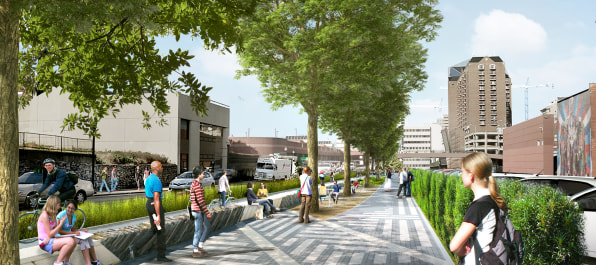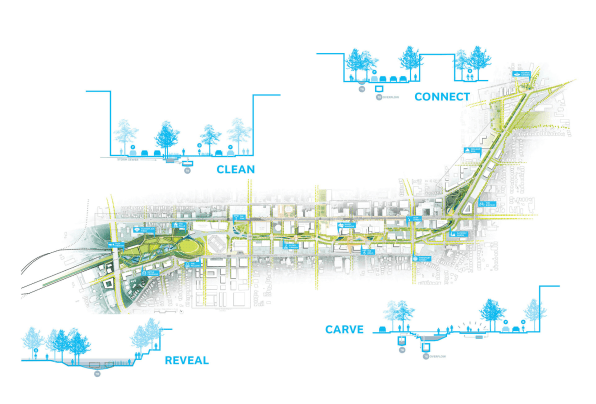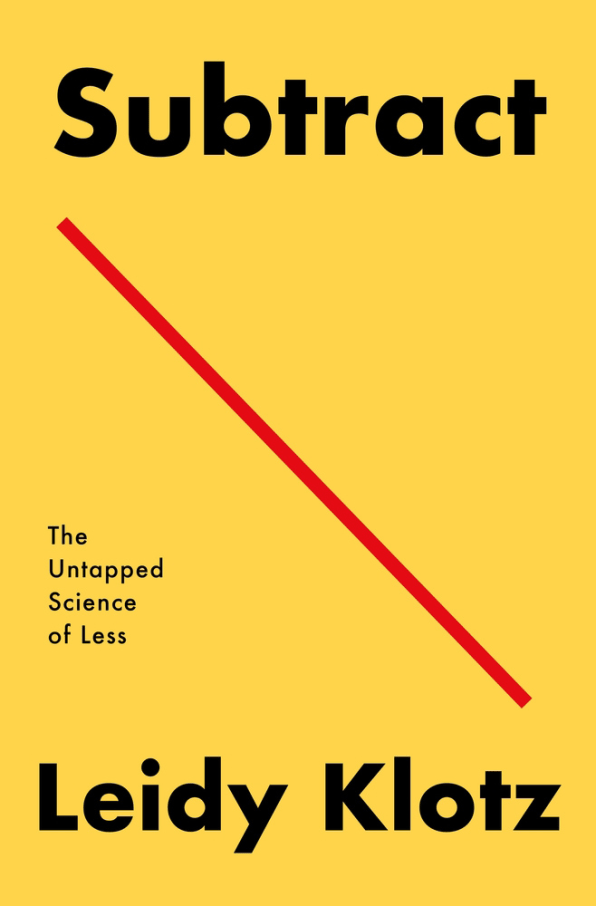letterhead design mockup free
Heading into the summer of 1833, Lexington, Kentucky, was home to about 6,000 people. By fall, more than 500 of them had died from cholera. The fortunate died fast. Others hung on for days, their brains aware of their dehydrating bodies. Bodies piled up faster than they could be buried. Orphaned children wandered the streets begging for food.
Like many cities, Lexington grew up around a river. The Town Branch Creek gave the city life, providing a steady supply of water for drinking, growing crops, and running mills. When the Town Branch flooded, however, its water mixed with human excrement from outhouses and animal excrement from free-roaming pigs and cows. Because Lexington rests on porous limestone, the aboveground floodwater cesspool seeped into the underground water that supplied the city's wells. Lexington's decimation by cholera could have been prevented had the Town Branch Creek not flooded the city.
People set about controlling the Town Branch's trip through Lexington. They carved and hardened channels to direct the water and contain surges. Bit by bit, they covered the Town Branch Creek with buildings, factories, and roads. In the few places the water remained exposed, it was indistinguishable from a drainage ditch.
This was the situation in Lexington as the city entered the 21st century, with the population approaching 300,000 and city leaders looking for ways to improve their downtown. They held a design competition in 2013, offering enough prize money and prestige to attract submissions from large planning firms specializing in city revitalizations.

The winner was a surprise: SCAPE, Kate Orff's tiny firm. Thanks in part to how they are transforming Lexington, Orff and her firm do not fly beneath the radar anymore.
Orff's plan for Lexington is called Town Branch Commons, a public space following more than two miles of the creek's historic path through downtown. Like the post-cholera improvements, Orff's project will control flooding and even filter the Town Branch water. The project will deliver green space and a multi-use trail connecting downtown Lexington to the surrounding horse country. The soothing beauty of water will be returned to downtown, with strategically placed pools and water windows cut through the limestone.
The plan was devised in collaboration with several other firms including Gresham Smith, AECOM, Lord Aeck Sargent, Strand Engineering, Lochner, and Third Rock Consultants for the Lexington Downtown Development Authority.

The work in Lexington is a study in why it can be so powerful to consider subtraction, and why we often don't: because instinctive adding has relieved our problems in the past.
Lexingtonians had added sewers and channels to control the Town Branch, and then covered it with roads and buildings. This happened everywhere: Minetta Brook remains hidden beneath the streets of Greenwich Village. Islais Creek flows under San Francisco. Covering these waterways improved sanitation and provided valuable real estate. There were unintended consequences, such as degraded habitats and downstream flooding—but in stopping cholera from decimating cities, adding was good enough.
To improve 21st-century Lexington, however, Orff's plans add and subtract. She removed concrete to create the multiuse path. She hewed out limestone to make the pools and water windows. By subtracting, Orff 's design not only meets expectations, by preventing downtown flooding; it exceeds and therefore resets expectations, by reconnecting the people with the land and water.
Compared to built-up Lexington, Orff's plans for Town Branch Commons may appear natural and even effortless. The new park at the west end of the commons might be mistaken for an oasis set aside at the genesis of Lexington, like Central Park in New York. The sinuous green space drawing people through downtown could seem, like Savannah's squares, to have been carefully integrated from the beginning. But these spaces are, in fact, subtractions. The less is a result of Kate Orff's vision and effort.
To get to less, Orff and her team had to do more. They had to think about pipes and pumps and concrete and all the other tried-and-true ways to control water. They also had to see the field. They had to think about Lexington's unique limestone geology, its rural bluegrass surroundings, and, most importantly, the humans—both in the city's present and its future. Orff surely sacrificed short-term profit to consider all of this context. For a professional designer, more effort on a competition entry means more unbillable hours. But good enough was unacceptable for Kate Orff's Lexington.

The extra thinking was not in vain. When it came time to fund the construction of Orff's winning design, her plan to subtract paid off. The plan quickly attracted more than $20 million in federal grants, $7 million from the state of Kentucky, and $12 million from local sources. With funding secured, Lexington's physical transformation commenced in early 2020.
Orff herself, and her firm, are now in high demand. Since winning the design contest for Lexington, she has designed a waterfront greenway in Brooklyn, removing roads and restoring natural systems to protect New Yorkers from the next superstorm. Across the country, in the Bay Area of California, Orff is "unlocking" Alameda Creek, removing human-made barriers so that the creek can, once again, carry sediment to nourish protective tidal ecosystems.
To get to less often requires that we have already added, whether by channeling a river, formulating an argument, or cluttering a graphic. It's important to acknowledge this—that we're not starting from zero—because adding first erects a mental obstacle to less. When we see that something has already been done, we tend to leave well enough alone. Whatever is there must be either necessary or too much trouble to reinvent. If it's not broke, don't fix it. Adding first is easy; it takes effort to get to less.
Adapted from Subtract by Leidy Klotz. Copyright (c) 2021 by the author and reprinted by permission of Flatiron Books.
Source: https://www.fastcompany.com/90623880/the-next-big-thing-in-design-no-new-design-at-all



0 Komentar